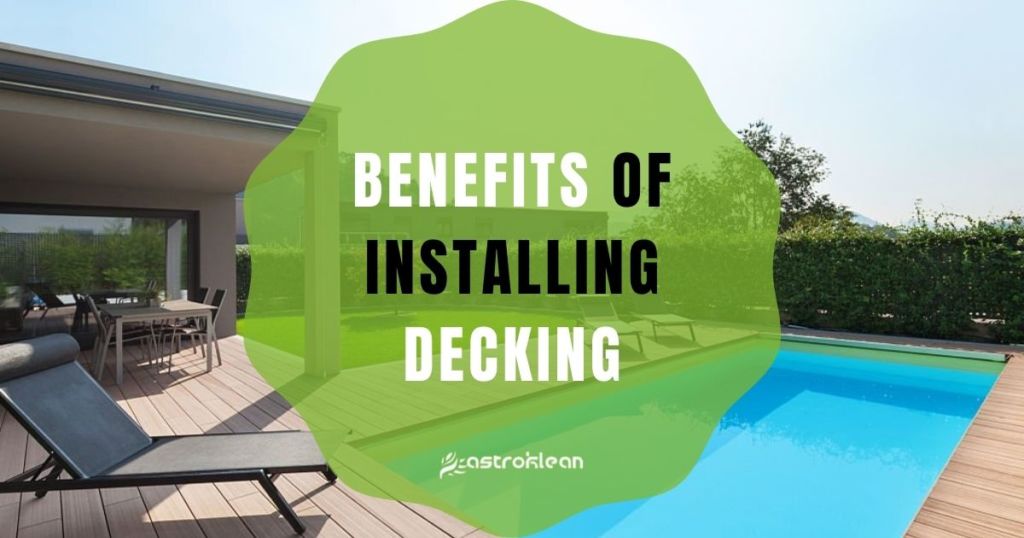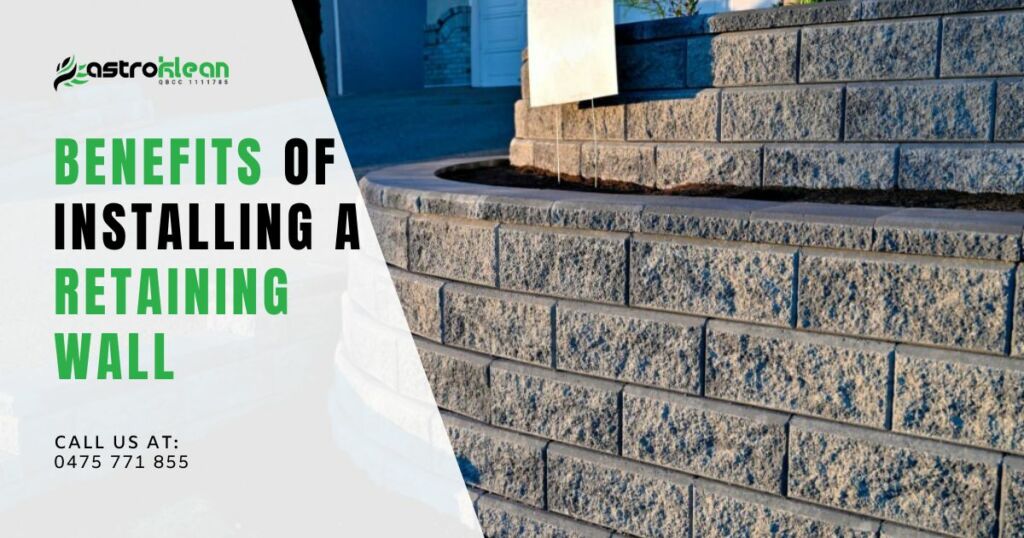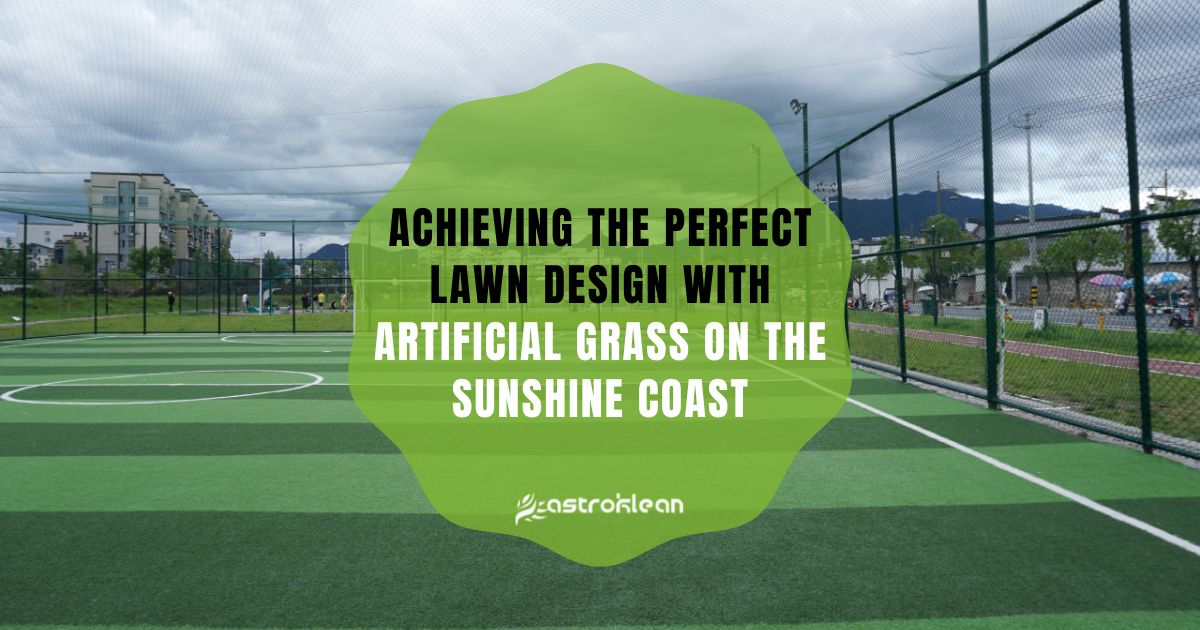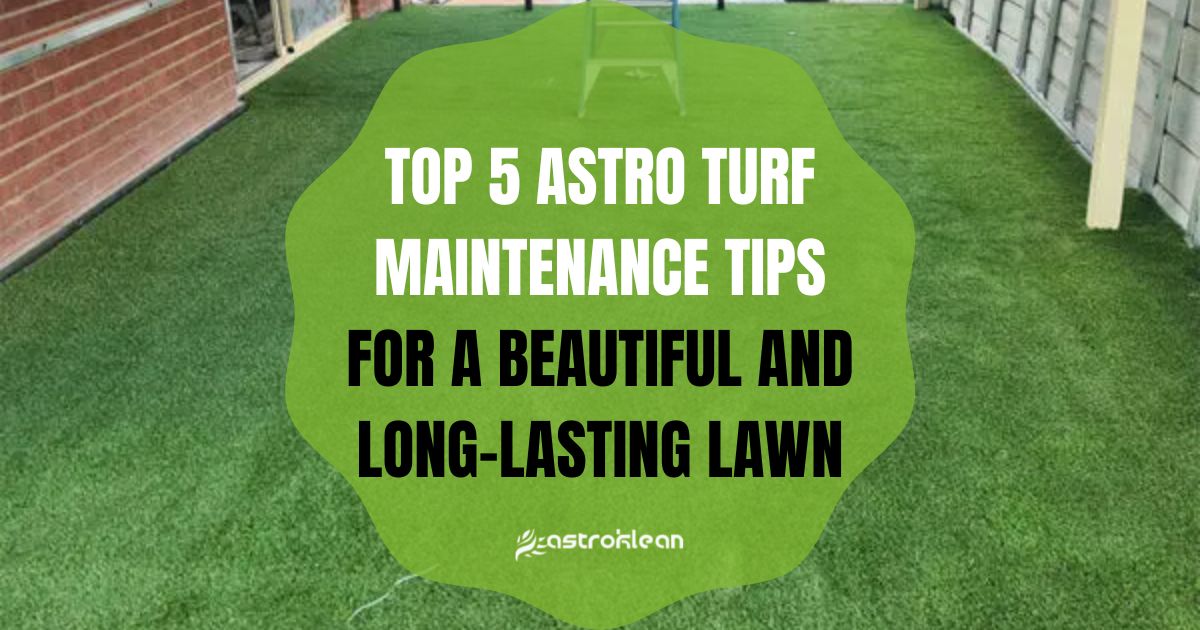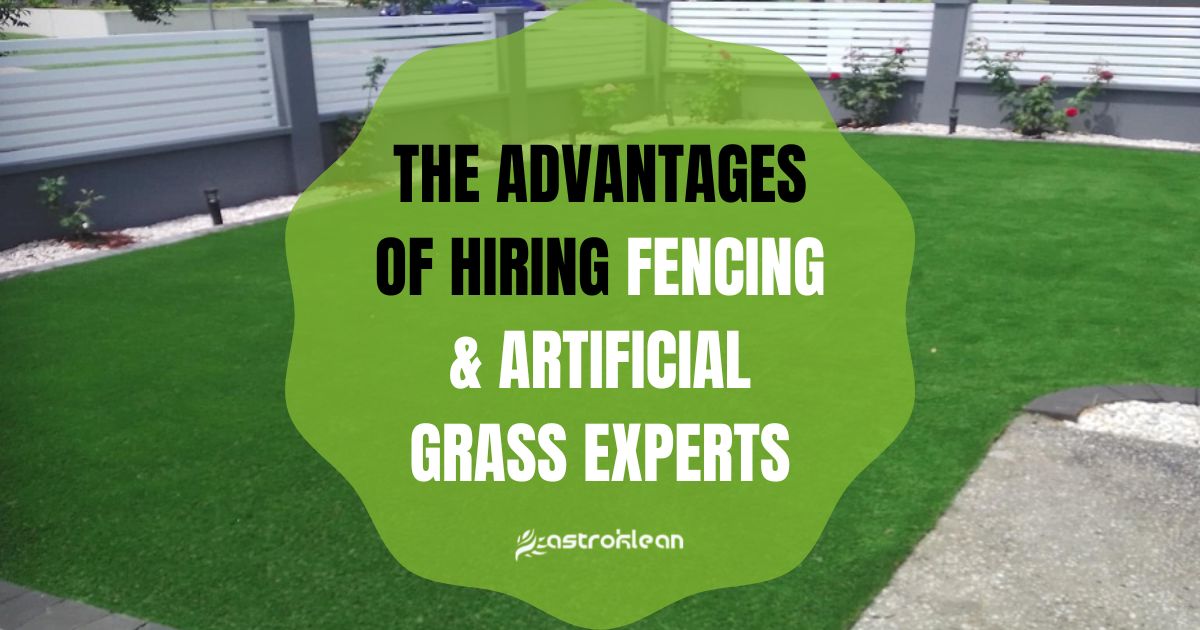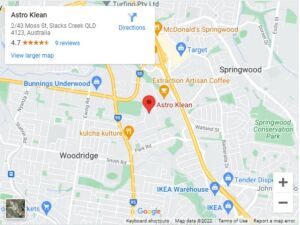6 Steps To Installing Artificial Grass Like a Pro
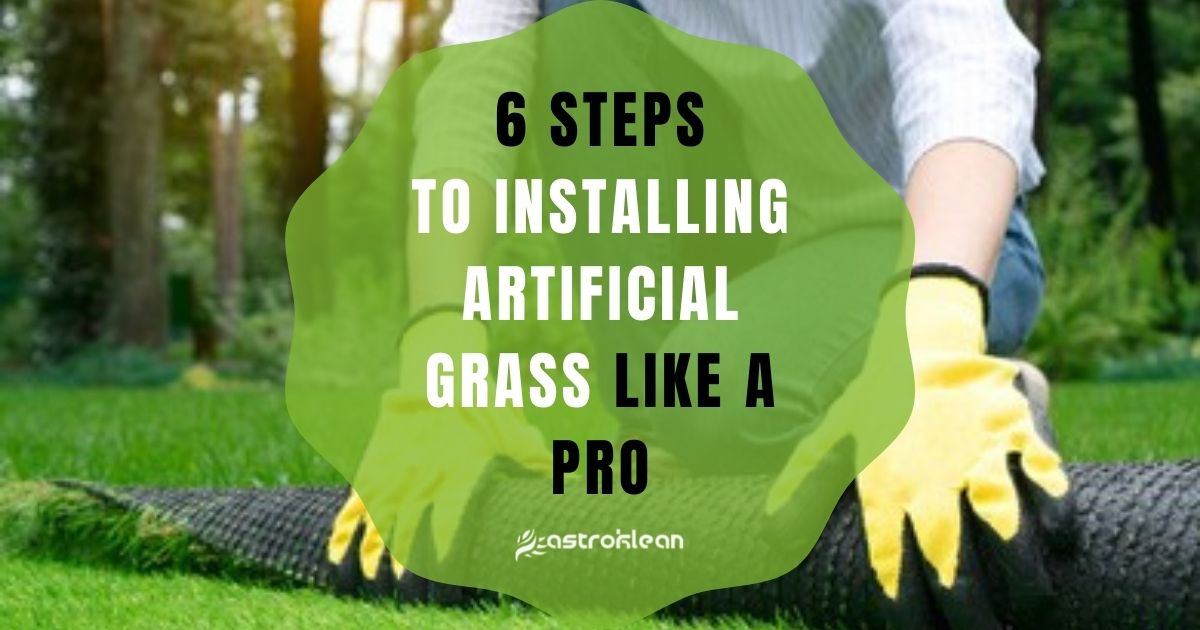
If you’re looking to install artificial grass in your yard, there are a few things you’ll need to keep in mind to ensure a professional looking result.
Following these tips will help you ensure a professional looking artificial grass installation.
#1. Know the Size & Shape of Your Space
Planning is key when installing artificial grass. It’s important to take into account the size and shape of your space, as well as any obstacles that might be in the way.
One of the most important steps when installing artificial grass is to accurately measure the size of your intended area. This will allow you to get an accurate estimate of how much material you need to purchase, which can help save you time and money in the long run.
To measure your area, start by laying out a string or rope along one side of the area. Then, use a measuring tape to measure the distance between the string and the other side of the area. Repeat this process along the other two sides of the area until you have a complete measurement of all four sides.
Once you have your measurements, you can then determine how much artificial grass you will need to purchase for your project. You can do this by calculating the total square metres of your area, which is equal to the length of one side times the width of another side.
If you want to save even more time and money, it’s also a good idea to check out a local artificial grass supplier near you. This can help you find a great supplier that can help offset the cost of your new lawn and make your project more affordable overall.
If you need help from local experts and suppliers of artificial grass, contact us.
#2. Prepare the Area for Installation
Once you’ve planned out your space, it’s time to prepare the area for installation. This involves removing any existing grass or vegetation, as well as levelling out the ground.
One of the most important aspects of installing artificial grass is to make sure that the ground is level. This is because an uneven surface can cause the grass to look lumpy and unappealing. If you’re not careful, you might end up with an uneven lawn that’s difficult to maintain.
That’s why it’s so important to use a level when you’re installing artificial grass. By making sure that the ground is level, you can avoid these problems and create a beautiful, even lawn, that’s easy to take care of.
#3. Install a Base Layer
The next step is to install a base layer of either sand or gravel. This will help to ensure that your artificial grass stays in place once it’s been laid down.
There are many reasons why it is important to install a base layer or sand and gravel before installing artificial grass. Some of these reasons include:
- Providing a stable, even surface for the artificial grass to sit on. This will prevent the turf from shifting or moving over time, which can lead to damage and wear.
- Keeping the artificial grass cooler, as it sits on top of sand and gravel. This will help to reduce your energy costs and keep you more comfortable in the summer months.
- Preventing weeds from growing up through the artificial grass. Having a layer of sand and gravel underneath can prevent this from happening, while still allowing water to drain through.
- Giving the artificial grass a more natural appearance. By installing it on top of sand and gravel, you can create a softer, more realistic look.
#4. Lay Down The Artificial Grass
Once the base layer has been installed, it’s time to lay down the artificial turf. This should be done in sections, starting from the outside and working your way in.
Artificial turf is a great investment for any home or business owner. Not only does it provide a beautiful, green space to enjoy, but it also requires very little maintenance and upkeep. However, in order for your artificial turf to look its best and last for years to come, it’s important to lay it down correctly the first time.
There are a few things to keep in mind when you’re ready to install your artificial turf. First, make sure you have a level surface to work with. If there are any bumps or uneven areas, your turf may not lay down smoothly and could end up looking lumpy. Second, be sure to use the proper adhesive when attaching the turf to the surface. You’ll want a strong, durable adhesive that can withstand the weight of your artificial grass and won’t come loose over time.
Once you’ve laid down your turf in the proper way, you can enjoy it for years to come with very little maintenance or upkeep. Just be sure to stay on top of any repairs and cleaning as needed, and you’ll be able to enjoy your beautiful artificial turf for years to come!
Do you have any questions about laying down your artificial grass? If so, let us know by sending us your enquiry.
#5. Secure the Space with Nails or Staples
Once the artificial turf has been laid down, it’s important to secure it in place. This can be done by using either nails or staples.
When installing artificial turf, it is important to secure and check the nails or staples that are used to hold down the turf in place. These nails or staples can loosen over time, which may compromise the stability of your artificial lawn. Additionally, loose nails or staples can cause injury if someone steps on them.
Thankfully, there are several ways to prevent loose nails or staples from becoming a problem.
- First, make sure that the nails or staples are driven in at a downward angle so that they are less likely to loosen.
- Second, use a hammer or other tool to slightly countersink the nails or staples into the ground. This will help keep them in place.
- Finally, check the nails or staples periodically to ensure that they are still secure.
#6. Infill the Artificial Grass
Finally, you’ll need to infill the artificial grass with either sand or rubber crumbs. This will help to give it a more natural look and feel.
There are a few reasons why it’s important to infill your artificial grass with either sand or rubber crumbs.
First, infill helps to weigh down the turf so that it doesn’t move around or bunch up. This is especially important in areas that see a lot of foot traffic.
Second, infill helps to protect the turf from becoming damaged from elements like sun, rain, or snow.
Lastly, infill can help to create a more comfortable walking surface for your feet and also helps to improve drainage in the artificial grass.
The key benefit of infilling your turf is that it adds stability and durability to the artificial grass surface. By filling in any gaps between the blades, the turf fibers are better able to withstand heavy foot traffic or other types of stress.
Additionally, infill helps to keep your artificial grass looking neat and well-maintained. If you infill with sand or rubber crumb, it also helps improve drainage by allowing excess water to flow through the top layers of the turf more easily.
Once you’ve followed these steps, you’ll have successfully installed artificial grass in your space! If you want to seek help from artificial grass suppliers and installers, contact us and we will be so happy to help you.

